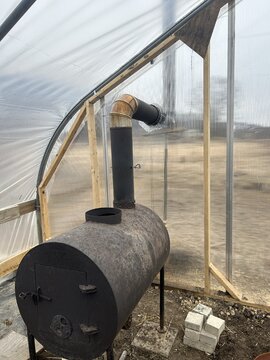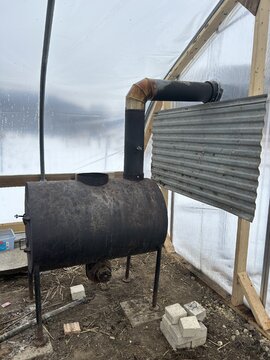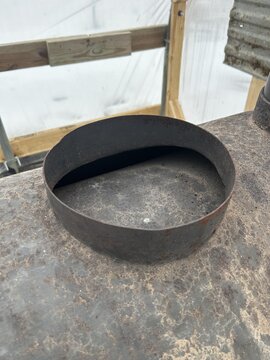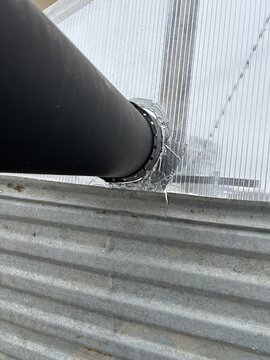I’m using this stove to attempt to keep my greenhouse above freezing. It is essentially a barrel within a barrel.
It drafts good and keeps a fire going pretty well, but although the metal would get very hot it didn’t seem to radiate as much heat as I thought it should.
I lined the bottom and back with firebricks. A friend told me this defeats the purpose of the double barrel and is blocking the heat. Is this true?
It also has this a big circular opening on top- you can see the inner barrel. What is this for? I put a big cast iron pan on it for more thermal mass and same friend said that wasn’t helpful, that the hole is intended to have an elbow pipe and blower. It has a blower motor on the bottom of the stove but the wiring is cut. And I don’t really have electricity out there but could run a cord if it really improved its efficiency.
I would appreciate anyone’s experience with such a stove. It’s a big greenhouse and am only heating it March-May. I’m not expecting citrus 🙂 just trying to have maybe thirty degrees above outside.
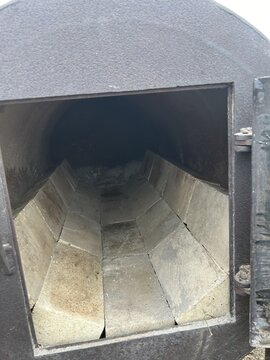
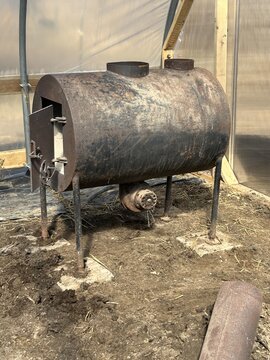
It drafts good and keeps a fire going pretty well, but although the metal would get very hot it didn’t seem to radiate as much heat as I thought it should.
I lined the bottom and back with firebricks. A friend told me this defeats the purpose of the double barrel and is blocking the heat. Is this true?
It also has this a big circular opening on top- you can see the inner barrel. What is this for? I put a big cast iron pan on it for more thermal mass and same friend said that wasn’t helpful, that the hole is intended to have an elbow pipe and blower. It has a blower motor on the bottom of the stove but the wiring is cut. And I don’t really have electricity out there but could run a cord if it really improved its efficiency.
I would appreciate anyone’s experience with such a stove. It’s a big greenhouse and am only heating it March-May. I’m not expecting citrus 🙂 just trying to have maybe thirty degrees above outside.




